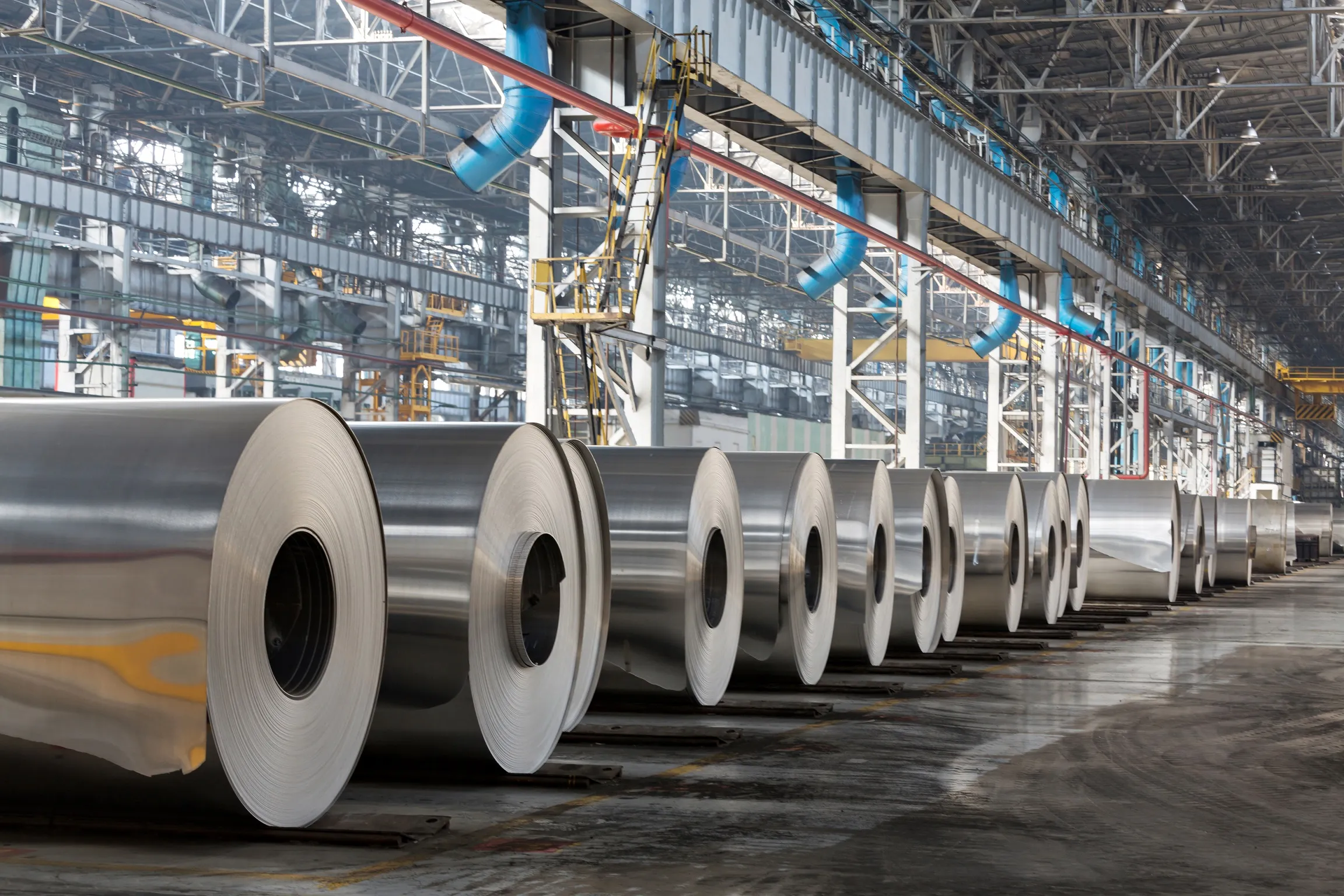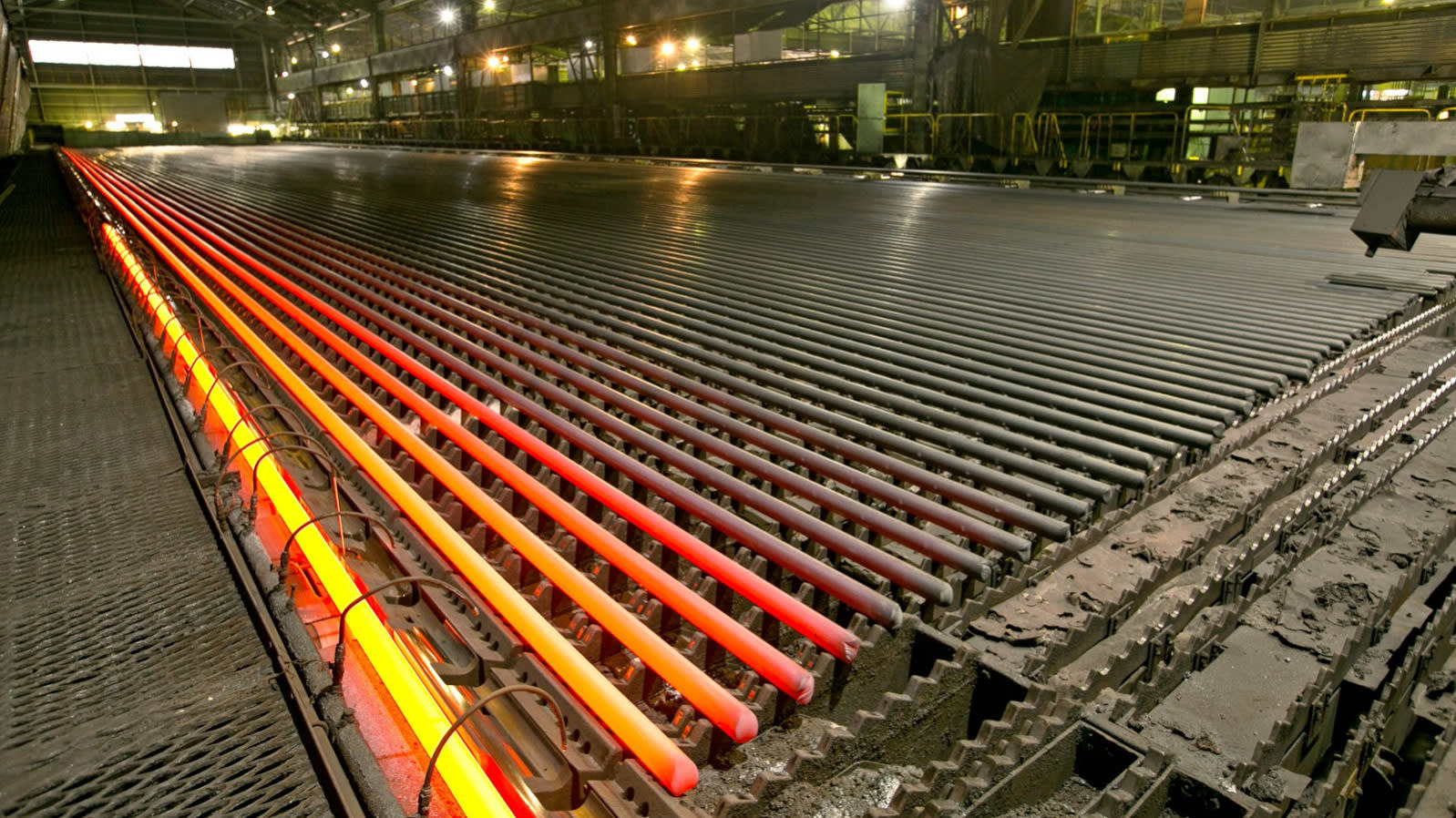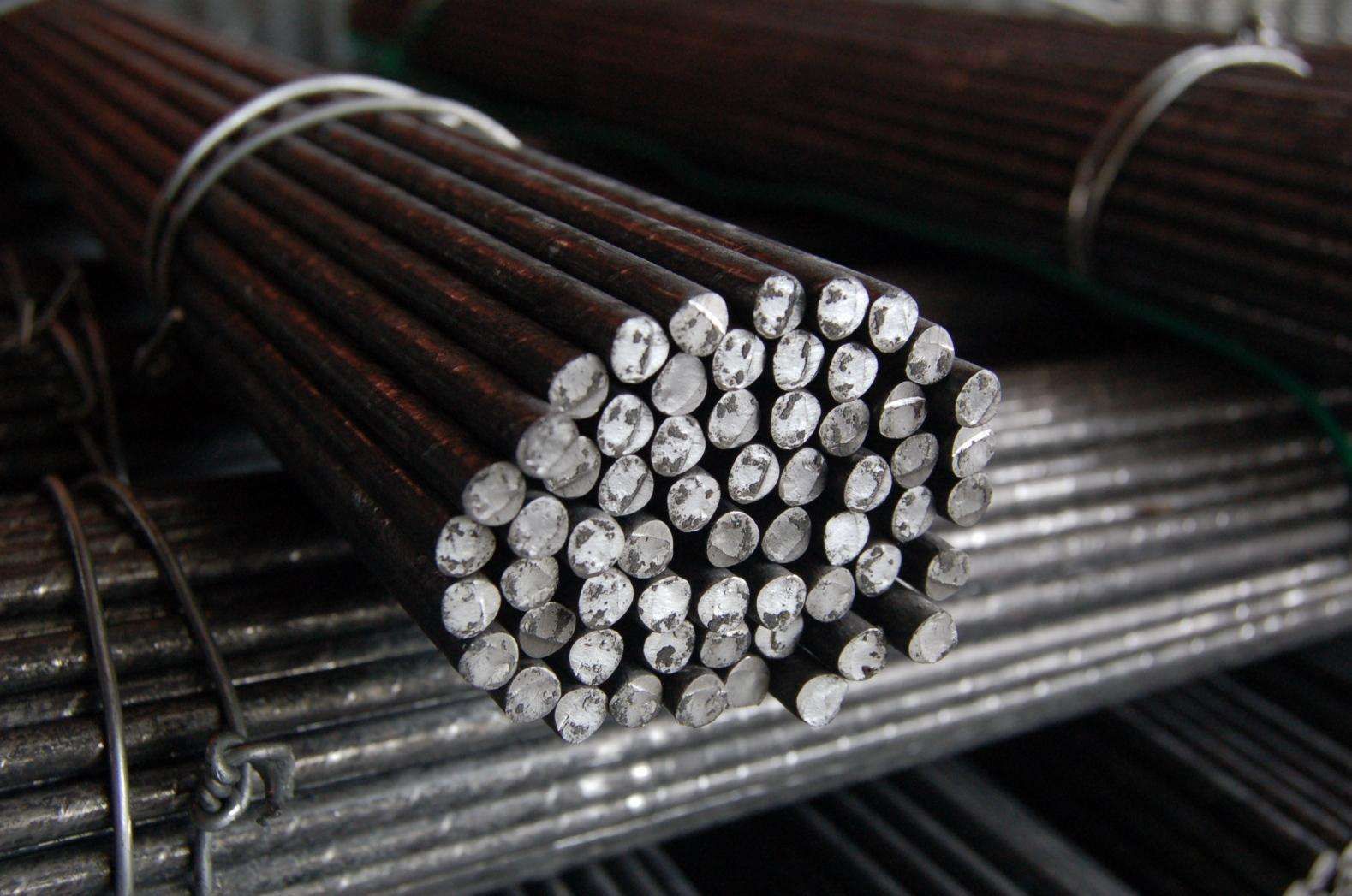Protecting India’s Steel Trade: Safeguarding Interests Amidst EU Carbon Levy 2023

Protecting India’s Steel Trade: Safeguarding Interests Amidst EU Carbon Levy 2023
In recent years, international discussions about carbon emissions and climate change have taken center stage. The European Union (EU), in particular, has been at the forefront of implementing measures to combat climate change.
One of these measures is the carbon border adjustment mechanism (CBAM), which includes levying a carbon tax on imports that come from countries without strict emissions controls, like steel. India, as a significant global steel producer, has expressed concerns over the potential implications of this levy on its exports.

Before discussing India’s standpoint, it’s essential to understand what CBAM is. The European Union, in its quest to become carbon neutral by 2050, introduced the CBAM to ensure a level playing field for EU industries and their international counterparts.
According to a government official, India’s government has reassured domestic steelmakers that it is looking into methods to allay their worries over the EU’s proposed taxes on imports of high-carbon commodities.
The government also indicated that it is addressing the matter with its European counterparts. In an interview with Reuters on Tuesday, Nagendra Nath Sinha, the top official at the federal Ministry of Steel, said, “We are talking with stakeholders and continuing to look at ways in which India’s trade interests in steel could be safeguarded. “He stated that “(India’s) government has raised its concerns at both bilateral and multilateral levels with the EU,” adding that the tariffs will have an effect on India’s steel exports.

The mechanism aims to discourage businesses from relocating their operations to regions with laxer emission norms (a phenomenon termed “carbon leakage”).
Under CBAM, products imported into the EU will be assessed based on their carbon content, and a levy will be imposed, reflecting the carbon cost, making it more expensive for countries that have not adopted emission controls at par with the EU.
India is the second-largest producer of steel globally, with a vast domestic industry that also caters to international demands. Steel production, by its nature, is energy-intensive and has a significant carbon footprint.
The imposition of the EU carbon levy could potentially make Indian steel less competitive in the European market, jeopardizing trade ties and affecting the profitability of the sector.
In an effort to achieve net zero greenhouse gas emissions by the year 2050, the European Union this year authorised the first tariff scheme in history to be placed on imports of high-carbon products including steel and cement.Leading producers of goods like steel that are exported to the EU have expressed broad concern about the idea.

Industry leaders in India have issued a warning that shipments worth billions of dollars would be subject to high levies. Starting in 2026, the EU intends to levy tariffs ranging from 20% to 35% under the Carbon Border Adjustment Mechanism. In order to put foreign companies on an equal basis with EU businesses who must buy permits from the bloc’s carbon market when they pollute, exporters to the EU will subsequently be required to acquire certificates to cover carbon emissions.
In a recent analysis, the research organisation Wod Mackenzie predicted that CBAM will cause the price of India’s steel exports to the EU to increase by 56% by 2034.The 27-nation union has previously requested that EU importers disclose the greenhouse gas emissions incorporated during the manufacture of their commodities, such as steel, as part of the CBAM’s inaugural phase.

The Indian government, along with industry stakeholders, has voiced several concerns:
- Developmental Priorities: India argues that developing nations should be allowed some leeway in their carbon emissions as they strive to improve the living standards of their populations. It believes that such a tax may impede the developmental goals of emerging economies.
- Discriminatory Nature of CBAM: India perceives the CBAM as a protectionist measure, potentially violating World Trade Organization (WTO) norms. It feels that the levy might be used as a tool to shield the EU’s domestic industries from competitive international products.
- India’s Efforts in Emission Control: The country has taken significant steps to reduce its carbon footprint, with ambitious renewable energy targets and the promotion of sustainable practices in industries. The government believes that its efforts should be recognized and accommodated in any international carbon taxation framework.
India is engaging in dialogue with the EU to negotiate terms that could exempt or reduce the carbon levy on its steel exports.
If diplomatic negotiations don’t yield favorable results, India might consider approaching the WTO, challenging the levy’s legality and seeking a resolution.

On the home front, India is exploring methods to produce ‘green steel,’ which utilizes hydrogen instead of coal, significantly reducing emissions. Adopting such techniques could mitigate the impact of the EU carbon levy.
India is also considering bolstering its steel exports to other nations that don’t have such levies in place, reducing dependency on the EU market.
While the European Union’s carbon levy is rooted in the commendable goal of combating climate change, its potential implications on global trade dynamics cannot be ignored.

India, with its burgeoning steel industry, finds itself at the crossroads of environmental responsibility and economic growth. Safeguarding its interests requires a blend of diplomatic, legal, and technological strategies, ensuring a sustainable future for its steel trade.




